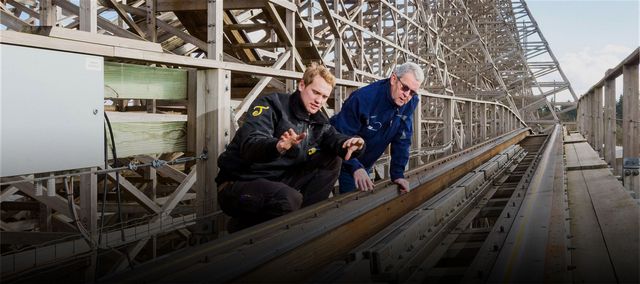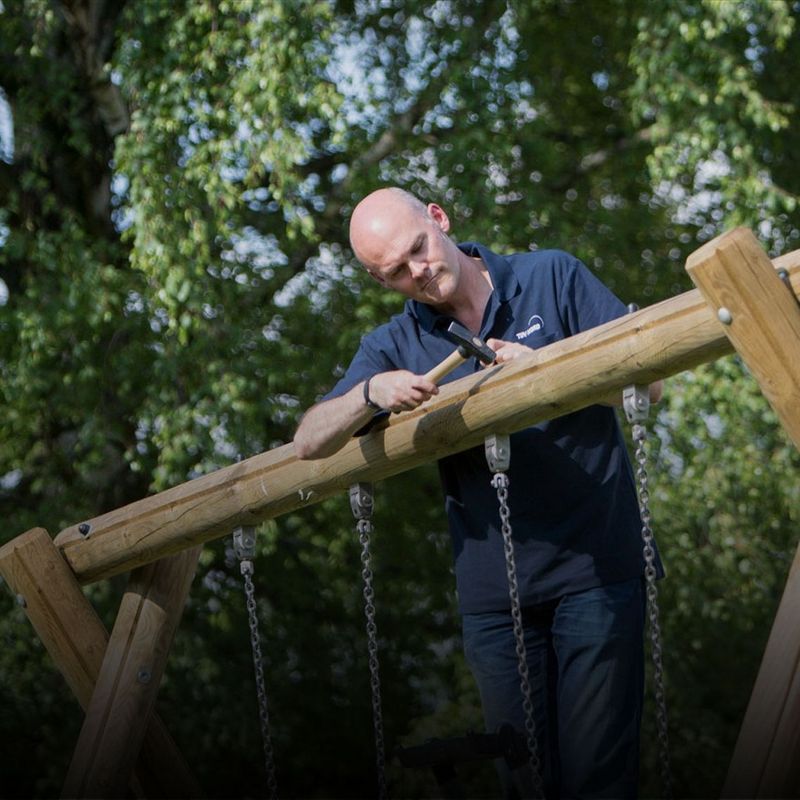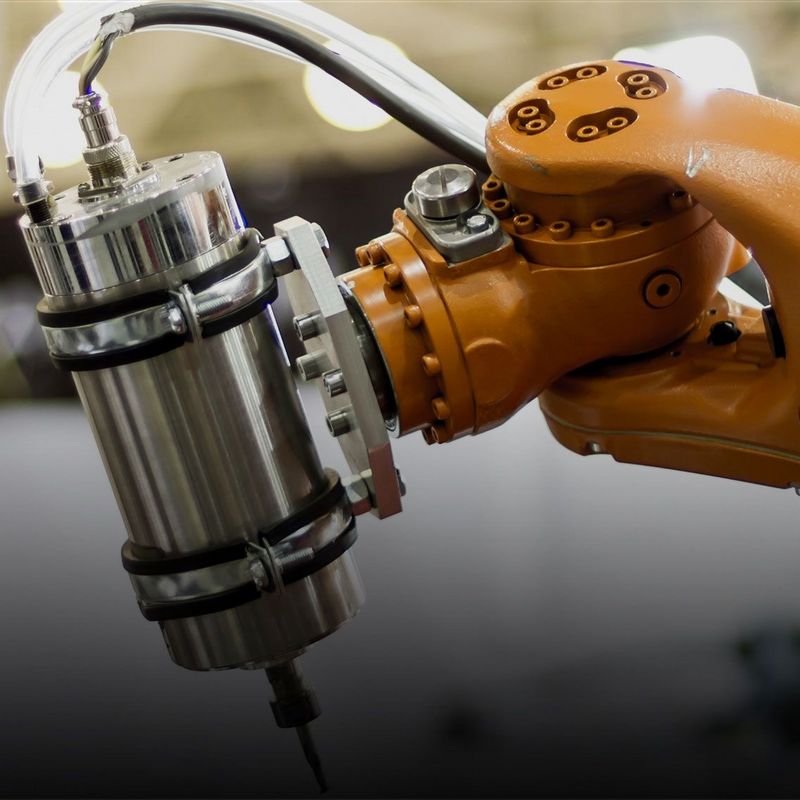8 September 2016
In amusement parks, visitors can experience thrills and leave everyday life behind them. In Germany and many other countries, it is TÜV NORD which looks after their safety.
Amusement parks are popular destinations across the world. Families with children in particular appreciate the many attractions on offer for old and young alike. But if roller coasters, roundabouts and the like are to be fun, they have to be safe.
As the “higher, faster, further” motto also applies to amusement parks, it is essential that park operators regularly service their rides and identify and reliably eliminate the risks. After all, an accident can hit them where it hurts, destroy their reputation for years on end and deprive them of their livelihoods – not to mention the tragic consequences for the victims. The EU requires all operators to perform regular safety checks but does not define the intervals at which they are to be carried out.
© Udo GeislerX-ray images depict the safe operation of the lap bars (from left: Michel Harinck, Ruud Veugelers, Kees Bakker, Jeroen Bosch, Nick Smedts).
Maintenance alone is not sufficient
“In general it’s safe to assume that parks check their rides annually and service them regularly,” says Kees Bakker, who, as Senior Inspection Engineer at TÜV Nederland, undertakes risk analyses at 45 amusement parks and 10 water parks in the Netherlands, Germany and as well as other countries in Europe, Asia and the Americas.
Risk analysis goes beyond the mere inspection and maintenance of the apparatus: “The first step toward effective maintenance work is knowing the risks that go with the rides. To this end we take a thorough look at each amusement ride and can then work with technicians and operators to reveal weaknesses that might not be picked up on in normal maintenance,” says Mr Bakker. There are two types of risk analysis: “The design risk analysis takes place during the construction of the ride, we review and approve it. For us it’s the operational risk analysis which matters. This is performed for the first time during commissioning and is then regularly updated.”
Safety at Toverland
Safety at Toverland Since 2005, TÜV Nederland has been the first point of contact for risk assessment in the Toverland amusement park near Venlo. Since 2007, one of the main attractions in the park has been the wooden roller coaster “Troy”. Rising up to a height of 33.5 metres and at 1,040 metres in length, it is the largest of its kind in the Benelux countries. The construction features 2,500 cubic metres of timber, 90,000 bolts and a full sea container’s worth of nails. Two trains, each of which weighs eight tonnes, negotiate the numerous bends at high speed – on a track which is, moreover, inclined over its entire length. “With a such a complex ride, constant safety reviews have top priority,” says Ruud Veugelers, who runs the technical department at Toverland.
© Udo GeislerA car from the large wooden roller coaster “Troy” in the workshop (from left: Kees Bakker, Michel Harinck and Toverland employee Nick Smedts).
Precisely tailored software
The risk analysis was significantly simplified last year thanks to new software. This was developed by Michel Harinck. The engineer worked at TÜV Nederland as a jobbing student and made software-supported risk analysis the theme of his dissertation. “What they had previously used was a system from the offshore industry which could also be applied to rides and a documentation tool that had way more functions than we actually needed. Simpler implementation needed customised software.”
For the development of an application tailored to amusement parks, Harinck tested several risk identification and assessment methods, some of the features of which were incorporated into the new software. “In the accompanying manual we explain the 13-step structure in which risks associated with rides are identified, assessed and evaluated. This gives us a clear structure for all rides – and a readily comprehensible, easy-to-use system,” says Harinck. This is great news for Toverland – and, last but not least, for the visitors, who can now feel completely safe even on the most nerve-jangling of rides.
YOU MAY ALSO LIKE
HOW THE SOFTWARE-SUPPORTED RISK ANALYSIS WORKS
Definition of the different risk areasThe TÜV Nederland software provides a multi- dimensional analysis of all the components of all rides – from roller coaster to merry-go- round. To this end the testing engineer defines the different risk areas for each individual ride. With a roller coaster these might, for instance, be the cars themselves, brake sections, evacuation platforms or passenger restraint.
Determination of every potential risk
In the second stage the engineer determines every potential risk for each subsystem in every phase of its life cycle. Then, in close cooperation with the technicians and opera- tors of the park, the possible risks are identified – for instance, a loose bracket, a non- working brake or failures caused by human error. Based on the question “what would happen if ...?”, the specific risks are then worked out in the next step.
Evaluation
Finally, the evaluation determines the ratio of the severity of the possible accident to the probability of its occurrence. Using a risk matrix all identified risks can be clearly represented in a three-dimensional bar chart. This makes it possible for inspectors and technical staff to immediately identify where the risks are and how urgently they need to be attended to.
Toverland
Toverlaan 2
5975 MR Sevenum
Niderlande




